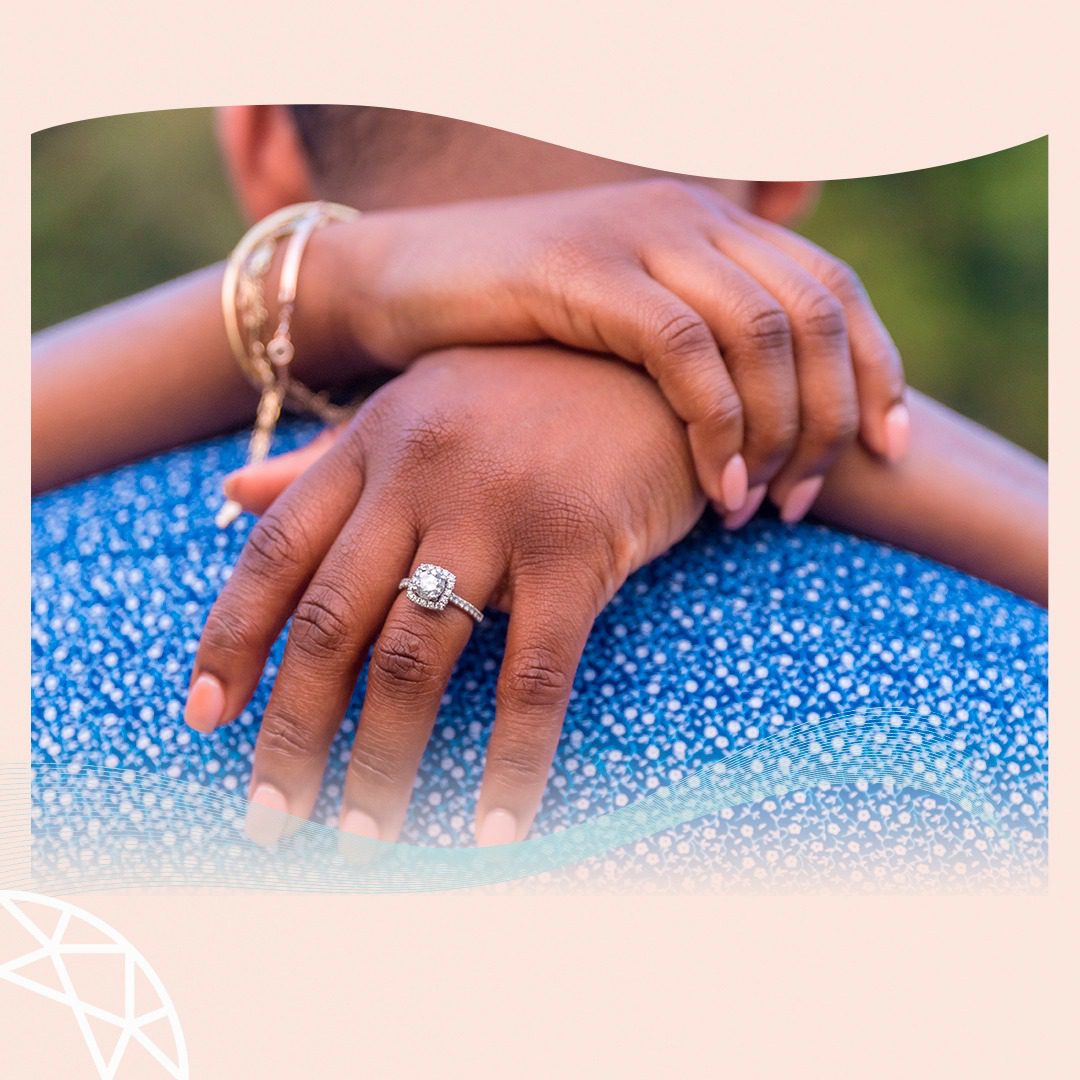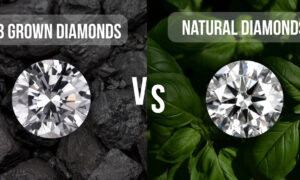It is not a secret that diamonds are initially appreciated as an industrial material. Using it in machinery, medicine, and the IT sector allowed for a significant upgrade in many production processes, improve the quality of the products, facilitate progress and multiply revenue.
Yet, the industrial application of diamonds is often shadowed by the beauty mission. Indeed, it seems that the core purpose of diamonds is making people happier, and make them shine bright. We do not see another explanation for such a long and desperate thirst for having just one small diamond in the treasury. And do not pretend you are the one who hasn’t such a dream (if you have not a diamond yet). We know you had. And there is nothing wrong with a desire to have quality jewelry.
We started with a little ironic tone just to accent your attention on the positioning of the products that sometimes can mislead us. When speaking about diamonds we are always guided by emotions; it is an emotional choice and that is why marketers always appeal to emotions when developing an advertising company.
Let’s talk about the most famous point of positioning – a rarity
By default, we used to associate rarity with exceptional value. You are moving along the street with a head-up being so proud wearing a one-of-a-kind diamond formed billion years ago somewhere deep in the soil – it is an ordinary picture one can imagine when hearing about rarity. In concern to diamonds, natural diamonds, we ascribe to rarity the meaning “unique”. You’ll be surprised but this reasoning defies common sense.
Let’s take, for example, a rare bird. Do you mean it is rare because it is unique or exceptional? Maybe it is indeed unique and there are only a few such birds on the Globe but is it a sign of value? Before declaring uniqueness we should ask “Why?” Why are there only a few such birds? The answer is evident – because they are disappearing for some reason.
For some reason, this algorithm of reasoning is not applied to diamonds but it does not exclude the same reality. Diamonds become rarer and rarer every day. And here is the reason – any new significant deposits have not been found in about 30 last years. And it is a true sign of threat because the reason for this could be different – from nature being exhausted to the need for time to grow. Need for rest and repletion.
Happily today, we can allow the Earth to have a rest from mining diamonds. We have synthetic diamonds. They are twins with natural gems and have the same quality, optical and physical parameters, and the same shining potential. Yet, they are made by people in a highly controlled environment during the constantly-improving production process. The laboratory can grow billions of pieces for an extremely short period and meet any volume of demands.
Synthetic diamonds are not rare but they are truly unique, – Thierry Silber (Madestones.com CEO) says. They are unique because of their potential to be customized to any possible desires of buyers. It does not matter what you want – laboratories equipped with innovative technologies can do everything today. And we mean not only the huge size or saturated color of lab-grown diamonds, we mean a revolutionary opportunity.
Have you ever dreamed of a whole-diamond ring? It is not a dream anymore but a reality.
Do you like your gem but want to change its color from blue to pink or vice versa? With artificial diamonds, it is also possible.
Did you hear something about inclusions? Do you want a diamond with a feather of your colorful parrot? Why not?
With synthetic diamonds, you can even memorize your pet by turning its cremation ashes into diamonds, so-called memorial diamonds.
The opportunity to breathe your life, your dreams, and your emotions in synthetic diamonds is indeed a rare and unique chance and it creates true value.































